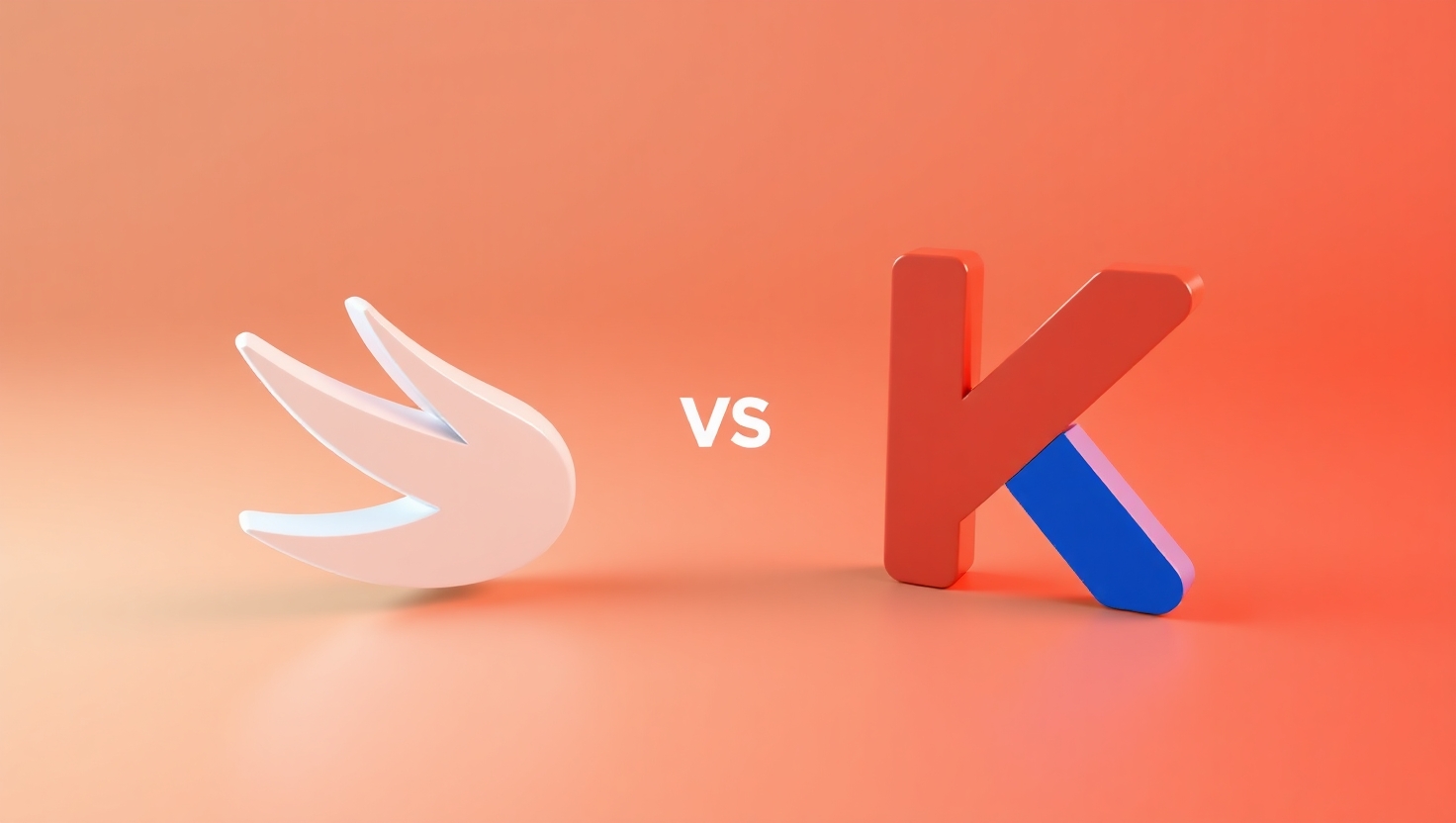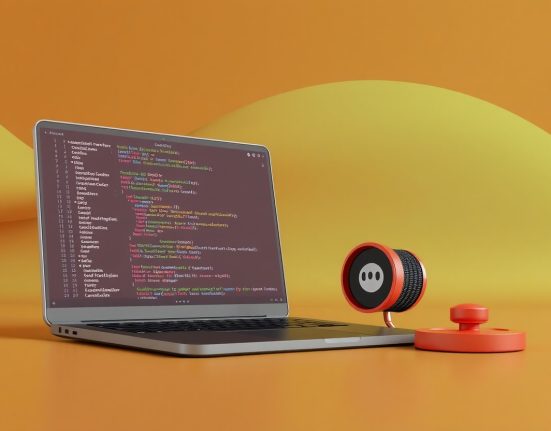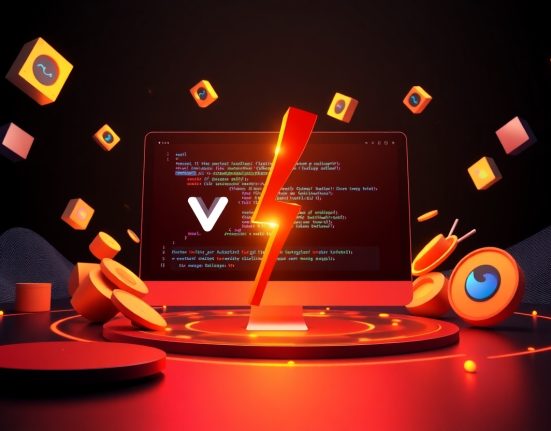In a world where apps are woven into every part of our lives, the comparison between Swift and Kotlin feels more relevant than ever. Both are relatively young, modern languages with strong communities behind them, each proudly leading development for their respective platforms. But something has shifted in 2025. It is no longer just about preference. The lines are blurring and performance, developer tools, and long-term support are now critical for programmers of all levels. So which language is really taking the lead this year?
Swift continues to deepen its hold on the Apple ecosystem. It is fast, readable, and surprisingly intuitive. What makes Swift so impressive is the sense that it was built by developers who truly understand the everyday struggles of building apps for iPhone and iPad. In 2025, with the improvements in SwiftUI and tighter integration with tools like Xcode, development feels more like a creative experience than just plain coding. Real-time simulation, smarter UI testing, and seamless support for SwiftData and VisionOS give Swift a real edge for anyone committed to the Apple world.
On the other hand, Kotlin is not falling behind. Quite the opposite. It has long evolved beyond being just the default Android language. With Kotlin Multiplatform, developers can now write code that runs on Android, iOS, web, and even desktop. That is probably one of the boldest visions we have seen in recent years. In 2025, JetBrains’ platform is thriving with new tools that simplify managing complex, multi-target projects. Kotlin’s syntax is still seen as cleaner and more user-friendly than the aging Java, keeping things simple without losing depth. With its built-in coroutine support, functional capabilities, and strong modularity, Kotlin continues to attract new audiences.
What makes choosing between Swift and Kotlin tricky is not just the technical features but also the philosophy behind them. Swift remains laser-focused on building for Apple platforms with tight integration into their ecosystem. Kotlin, on the other hand, is aiming for a wider world. In 2025, developers are not only asking which language is more convenient, but also which one will grow with them in the years ahead. It is not just about code anymore. It is about community, support, and a sense of stability for the future.
In practice, the two languages are getting closer in quality. They both receive consistent updates, add new features that bring them closer to languages like Rust and TypeScript, and keep striving to make development modern, accessible, and safe. The biggest difference now feels philosophical. Swift is for those willing to go all-in on Apple and use their tools closely. Kotlin is a more flexible option for developers who want to work across multiple platforms without compromising on quality.
So what is the verdict? There is no one true winner. But every developer has their personal favorite. What matters is choosing the language that excites you, that makes you want to wake up and write another line of code. In 2025, both Swift and Kotlin manage to do just that in their own unique way.














